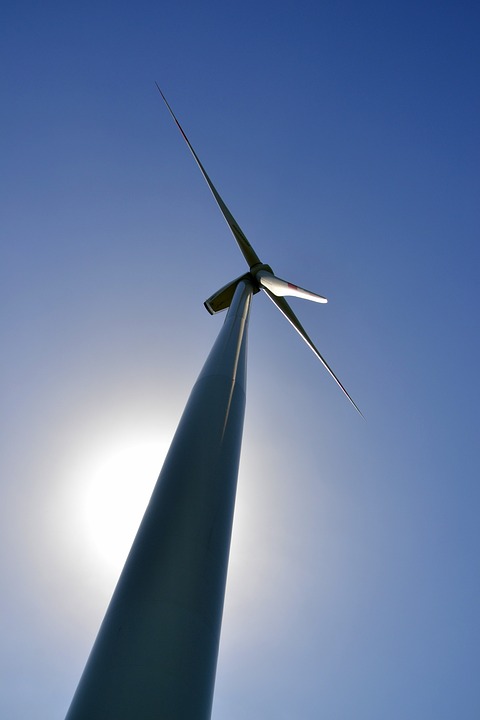The Rise of Wind Power: How Turbines Are Helping to Fuel a Sustainable Future
In recent years, there has been a significant shift towards renewable energy sources as the world seeks to reduce its dependence on fossil fuels and mitigate the impacts of climate change. One of the most promising and rapidly growing forms of renewable energy is wind power. The use of wind turbines to harness the power of the wind and convert it into electricity is not only environmentally friendly but also economically viable. In this article, we will explore the rise of wind power and how turbines are helping to fuel a sustainable future.
Harnessing the Power of the Wind
Wind power has been used for centuries, dating back to ancient civilizations who used windmills to grind grain and pump water. Today, wind turbines are much more sophisticated and efficient, capable of generating large amounts of electricity. These turbines work by capturing the kinetic energy of the wind and converting it into mechanical power. The blades of the turbine spin, which activates a generator that produces electricity.
The Benefits of Wind Power
There are numerous benefits to using wind power as a source of electricity. First and foremost, wind power is renewable, meaning that it will never run out. Unlike fossil fuels, which are finite resources that can be depleted, wind is a never-ending source of energy. Additionally, wind power is clean and produces zero carbon emissions, making it an environmentally friendly alternative to traditional forms of energy production.
Furthermore, wind power can help to reduce our reliance on imported fossil fuels, thus increasing energy security. By generating electricity domestically, countries can reduce their exposure to volatile global energy markets and create jobs in the local economy. In fact, the wind energy sector is one of the fastest-growing industries in the world, providing employment opportunities for thousands of people.
The Growth of Wind Power
In recent years, the growth of wind power has been exponential. According to the Global Wind Energy Council, the total installed capacity of wind power worldwide reached 591 GW by the end of 2018, with over 50 countries generating electricity from wind turbines. In the United States alone, wind power accounted for 7.3% of total electricity generation in 2019, with several states deriving over 30% of their electricity from wind.
The Future of Wind Power
As technology continues to advance and the costs of wind power continue to decrease, the future of wind power looks bright. Offshore wind farms, which are located in bodies of water such as oceans and lakes, are becoming increasingly popular due to their higher wind speeds and lower visual impact. Floating wind turbines, which can be deployed in deeper waters where fixed foundations are not feasible, are also being developed as a way to expand the reach of wind power.
With governments around the world setting ambitious targets for renewable energy deployment, it is clear that wind power will play a crucial role in the transition to a more sustainable future. By investing in wind energy infrastructure and supporting research and development in the field, we can harness the power of the wind to create a cleaner, healthier planet for future generations.
Frequently Asked Questions
Q: Are wind turbines noisy?
A: While some people find the noise from wind turbines to be bothersome, modern turbines are designed to be as quiet as possible. The noise they produce is typically no louder than a normal conversation.
Q: How much land is needed for a wind farm?
A: The amount of land required for a wind farm depends on the size and capacity of the turbines. On average, a wind farm needs between 1-2 acres per megawatt of capacity.
Q: What happens on calm days when there is no wind?
A: Wind power is not constant and can fluctuate depending on the weather. To ensure a steady supply of electricity, wind farms are often combined with other forms of renewable energy, such as solar power or hydroelectricity.

